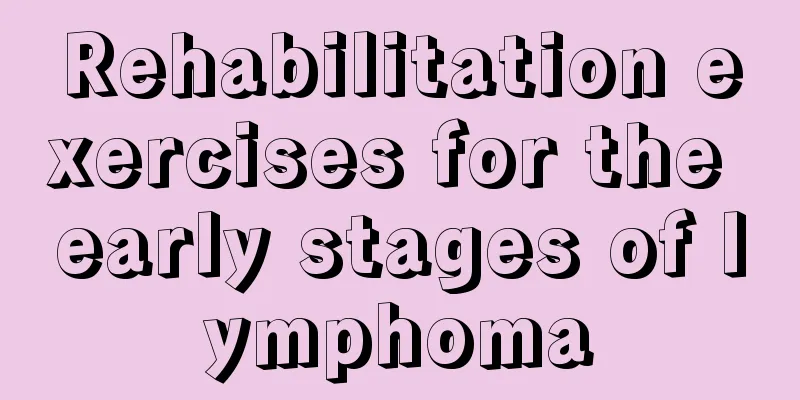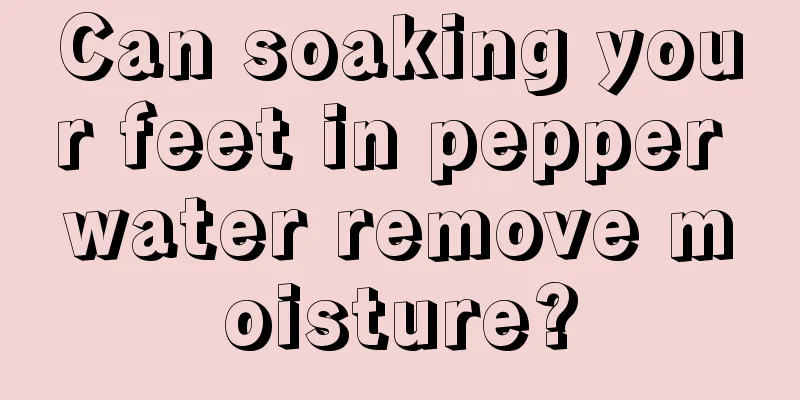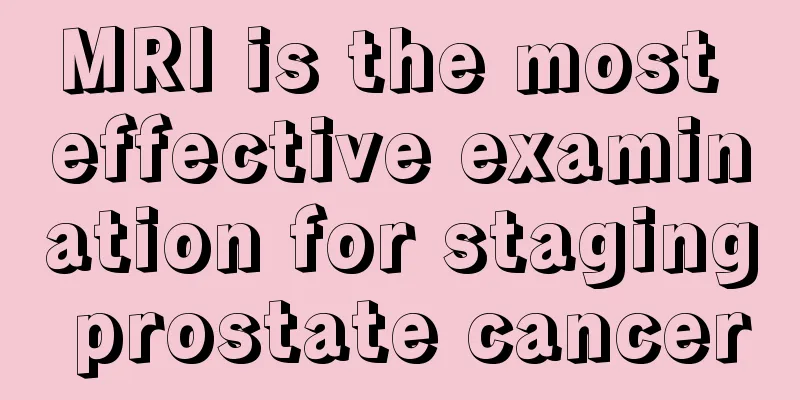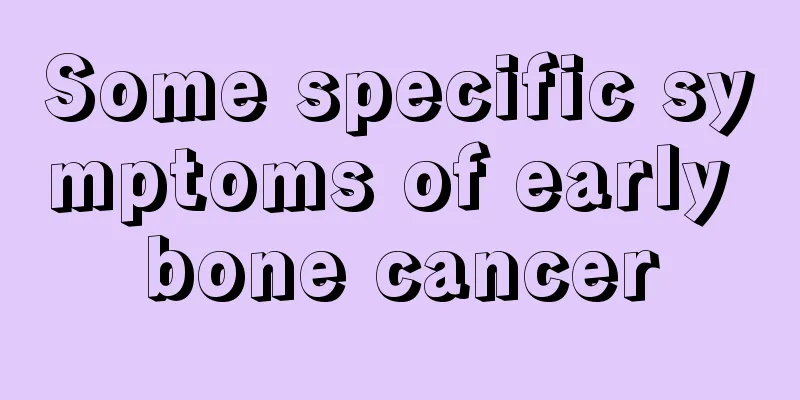How to treat heart effusion?

|
The heart is a powerful organ with multiple chambers inside, and each chamber has a clear division of labor. The heart will keep beating at all times and in all places, because the body needs blood circulation at all times to complete metabolism and other problems. The heart is prone to disease problems when it is under long-term excessive load. For example, the heart is prone to symptoms of fluid effusion. Let's take a look at how to treat fluid effusion in the heart. 1. Medical treatment There is a lack of consensus on treatment options, and most of them depend on the personal experience of the therapist. Drug treatment includes the use of hormones, anti-inflammatory drugs, anti-tuberculosis drugs and other causative treatments. When there are no symptoms, the patient can be observed without medication. Pericardiocentesis can relieve symptoms and extract pericardial fluid for analysis to aid diagnosis and treatment, but its own therapeutic effect is not certain and it is no longer the main treatment method. 2. Surgical treatment The purpose of surgical treatment is to relieve existing or potential pericardial obstruction, clear pericardial effusion, reduce the possibility of recurrence of pericardial effusion, and prevent late pericardial stenosis. If the diagnosis is clear and drug treatment is ineffective, pericardial drainage and pericardiectomy can be performed for this disease. 2. Partial or complete pericardectomy and chest drainage through the chest cavity. This method can achieve complete drainage and has a low recurrence rate. Since more pericardium is removed, the sources of pericardial effusion and pericardial stenosis are reduced, so the surgical effect is accurate and reliable. However, the surgery causes significant damage and may lead to lung and incision complications. Surgical procedure for partial or complete pericardectomy: It can be performed through a median sternotomy or through a left anterior or right lateral thoracotomy. ⑴ Partial resection: starting from the fold of the pericardium on the great blood vessels above and close to the diaphragm below; resection to the left and right sides reaches 1 cm in front of the phrenic nerves on both sides. ⑵Complete resection: starting from the fold of the pericardium on the great blood vessels above and ending at the midpoint of the diaphragmatic pericardium below; the right side is resected to 1 cm in front of the right phrenic nerve, and the left side is resected to the left pulmonary vein, taking care to preserve the left phrenic nerve and not damage it. |
<<: Did you not replace the lost teeth? Comprehensive introduction to the steps of tooth filling
>>: What does root canal treatment involve?
Recommend
What tea is best for liver fire?
In daily life, long-term excessive stress and irr...
The treatment methods of liver cancer play a certain role in liver cancer
Most people develop liver cancer without knowing ...
How to Overcome Claustrophobia
Everyone must have seen this situation on TV: aft...
How to deal with rust on the pot
In people's daily lives, cooking utensils are...
All gums are red and swollen
Oral problems are simply unbearable for people be...
Symptoms of gastric antral stromal tumors
Many people may not be so clear about the disease...
Will magnesium sulfate kill the fetus?
Magnesium sulfate is a relatively common substanc...
Among the six hormones, only prolactin is high
The six hormone tests are mainly used to check th...
What should glioma patients pay attention to in their diet
No matter what disease, diet often plays a very i...
The harm of smog
Car exhaust, factory waste gas, outdoor barbecues...
What are the symptoms of skin cancer in children
Skin cancer is also a type of cancer, but because...
https://static.cndzys.com/20161018/fa2f9f92802dd7a045aeb253f8eaf072.jpg
Why do I feel tired when I wake up in the morning...
How to diagnose nasopharyngeal carcinoma
There are many methods to treat nasopharyngeal ca...
Inflammation of wound after fracture surgery
There are always many accidents that happen to ev...
What foods to eat for strong hair
Every autumn, many people experience hair loss. A...









